Ex: http://www.counter-currents.com/
Translated by Greg Johnson
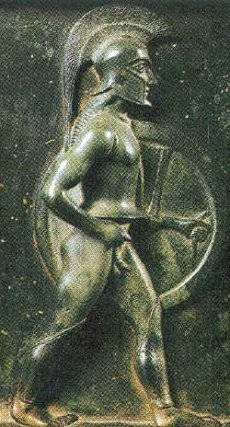 In 1814, at the end of the Napoleonic wars, Benjamin Constant wrote with relief: “We have arrived at the age of commerce, the age that must necessarily replace that of war, as the age of war necessarily had to precede it.” Naïve Benjamin! He took up the very widespread idea of indefinite progress supporting the advent of peace between men and nations.
In 1814, at the end of the Napoleonic wars, Benjamin Constant wrote with relief: “We have arrived at the age of commerce, the age that must necessarily replace that of war, as the age of war necessarily had to precede it.” Naïve Benjamin! He took up the very widespread idea of indefinite progress supporting the advent of peace between men and nations.
The age of soft commerce replacing that of war . . . We know what the future made of that prophecy! The age of commerce was imposed, certainly, but by multiplying wars. Under the influence of commerce, science, and industry—in other words “progress”—wars even took on monstrous proportions that nobody could have imagined.
There was, however, some truth in Constant’s false forecast. If the wars continued and even thrived, on the other hand, the figure of the warrior lost his social prestige to the profit of the dubious figure of the tradesman. This is the new age in which we still live, for the time being.
The figure of the warrior was dethroned, and yet the institution of the military has endured more than any other in Europe after 1814. It has endured from the time of the Iliad—thirty centuries—while transforming, adapting to all changes in ages, war, societies, and political regimes, but still preserving its essence, which is the religion of pride, duty, and courage. This permanence in change is comparable only to that of another imposing institution, the Church (or the churches). The reader is shocked. A surprising comparison! And yet . . .
What is the army since Antiquity? It is a quasi-religious institution, with its own history, heroes, rules, and rites. A very old institution, older even than the Church, born from a need as old as humanity, and which is nowhere near ceasing. Among Europeans, it was born from a spirit that is specific to them and which—unlike the Chinese tradition, for example—makes war a value in itself. In other words, it was born from a civic religion arising from war, whose essence, in a word, is admiration for courage in the face of death.
This religion can be defined as that of the city in the Greek or Roman sense of the word. In more modern language, it is a religion of the fatherland, great or small. As Hector put it 30 centuries ago in Book XII of the Iliad, to deflect an ill omen: “It is not for a good outcome that we fight for our fatherland” (XII, 243). Courage and fatherland are connected. In the last battle of the Trojan War, feeling beleaguered and doomed, Hector tears himself from despair with the cry: “Oh well! No, I do not intend to die without a fight, nor without glory, nor without some great deed that is retold in times to come” (XXII, 304–305). One finds this cry of tragic pride in all epochs of a history that glorifies the ill-fated hero, magnified by an epic defeat: Thermopylae, the Song of Roland, Camerone, or Diên Biên Phu.
Chronologically, the warrior band comes before the state. Romulus and his bellicose companions first traced the future boundaries of the City and laid down its inflexible law. For having transgressed it, Remus was sacrificed by his brother. Then, and only then, did the founders seize the Sabine women to ensure their descent. In the foundation of the European state, the order of free warriors precedes that of families. This is why Plato saw Sparta as far closer to the model of the Greek city than Athens.[1]
Weak though they may be, today’s European armies constitute islands of order in a crumbling environment where fictions of states promote chaos. Even diminished, an army remains an institution based on strong discipline and participating in civic discipline. That is why this institution carries in it a genetic seed of restoration, not by seizing power or militarizing society, but by reasserting the primacy of order over disorder. It is what the compagnonnages of the sword did after the disintegration of the Roman Empire and so many others after that.
Note
1. In Les métamorphoses de la cité, essai sur la dynamique de l’Occident (Paris: Flammarion, 2010), based on the reading of Homer, Pierre Manent highlights the role of warlike aristocracies in the foundation of the ancient city.
Source: http://www.dominiquevenner.fr/#/edito-nrh-52-homme-de-gue...



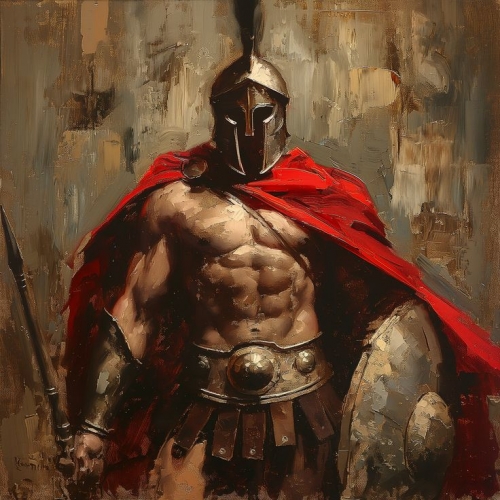
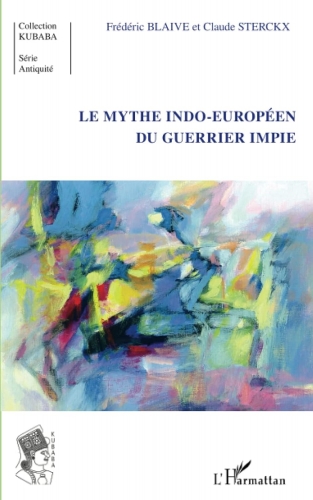 La pertinence de ce thème, largement abordé dans la revue Ollodagos – Actes de la Société belge d’études celtiques, dans Studia Indo-Europaea et dans Latomus – revue d’études latines, se reflète dans le nombre de philologues qui ont poursuivi la recherche académique sur ce sujet, principalement du côté francophone : Alexandre Tourraix, Dominique Briquel, Marcel Meulder et Bernard Sergent.
La pertinence de ce thème, largement abordé dans la revue Ollodagos – Actes de la Société belge d’études celtiques, dans Studia Indo-Europaea et dans Latomus – revue d’études latines, se reflète dans le nombre de philologues qui ont poursuivi la recherche académique sur ce sujet, principalement du côté francophone : Alexandre Tourraix, Dominique Briquel, Marcel Meulder et Bernard Sergent.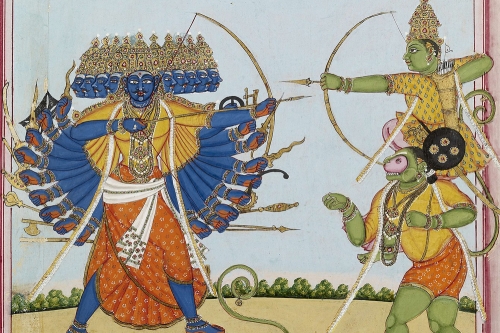
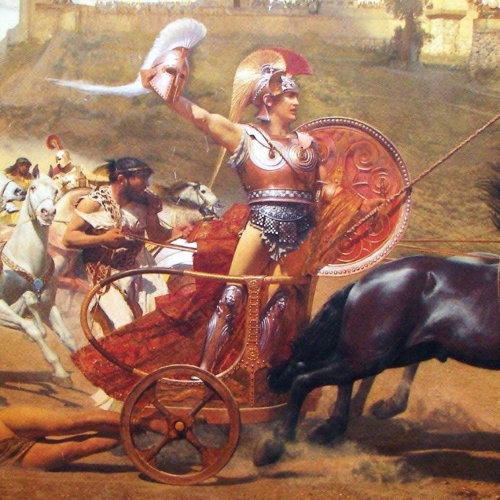



 del.icio.us
del.icio.us
 Digg
Digg